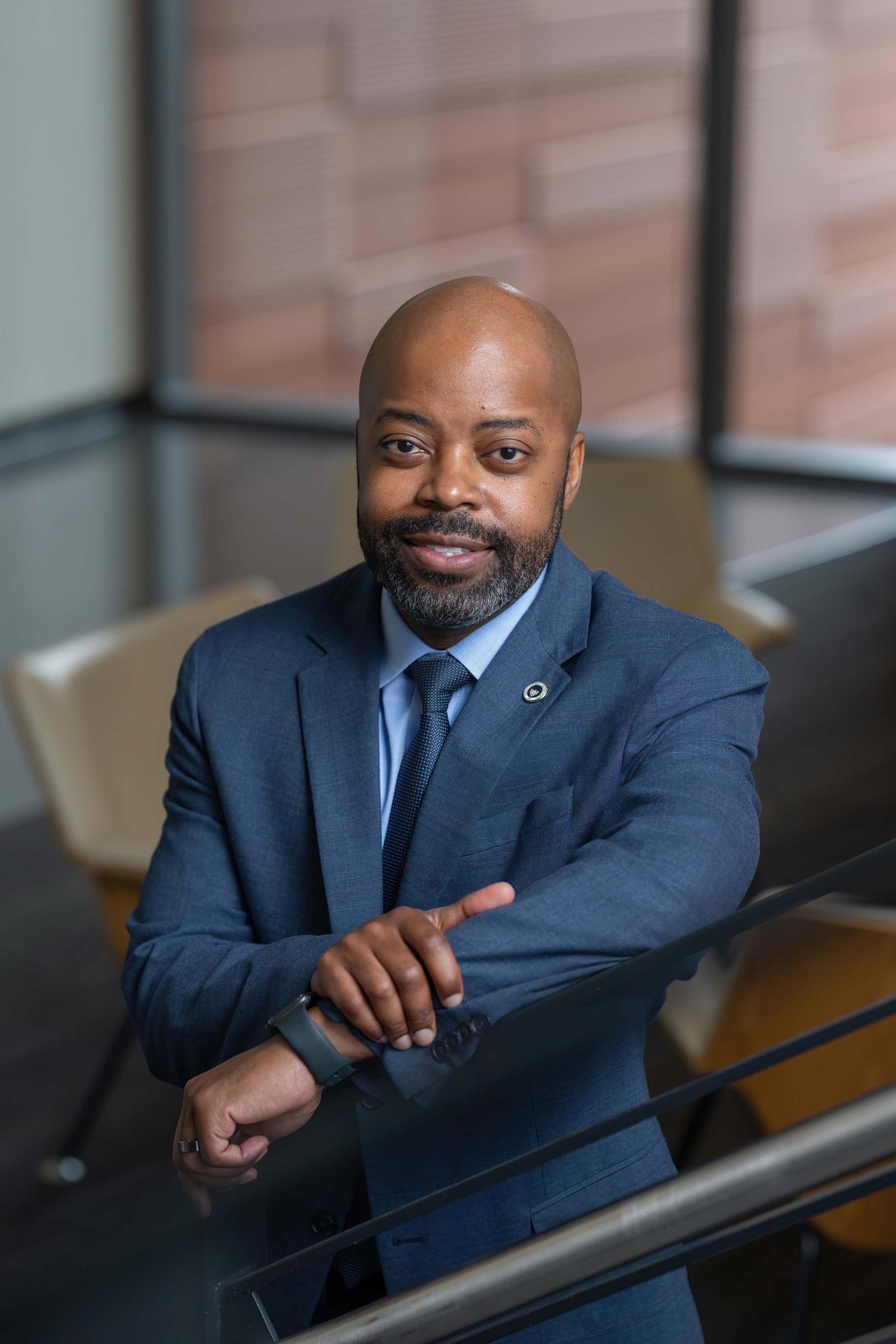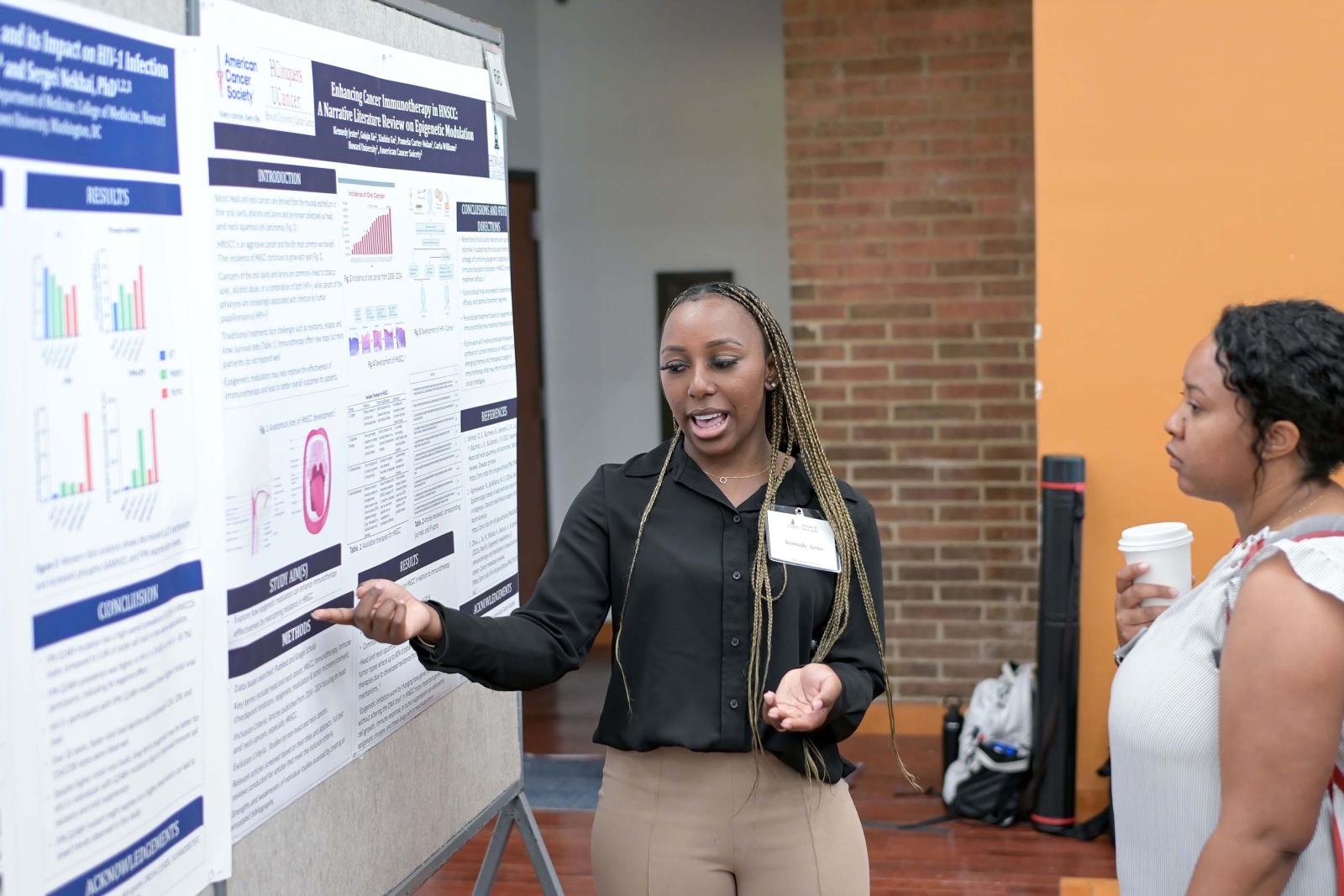Just a couple of weeks before the 2025 Commencement, Howard University’s research community was holding another celebration, acknowledging the contributions faculty have made to STEM at the first “Inspiring Academic Excellence & Innovation Awards Ceremony.”

“It was our first time formally recognizing the incredible contributions of our faculty and staff across research, teaching, mentorship, creative works, and community impact,” said Interim Vice President for Research Marchon Jackson. “The purpose was to elevate the visibility of those shaping their fields and advancing Howard’s mission — but what stood out most was the emotion in the room. Many faculty shared how much it meant to be seen and appreciated, especially those who often do the hard work in labs, classrooms, or behind the scenes without much recognition. The energy was joyful, affirming, and long overdue. It reminded us of the power of simply saying thank you—and it’s now a tradition we’ll proudly continue.”
World-Class Research at All Career Stages
The ceremony was the perfect send-off for Howard’s Research Month, during which hundreds of students and faculty members held symposiums and conferences across campus. Topics spanned across STEM, reflecting the incredible breadth of research students are conducting and the real-world impacts of their work. At the Extreme Weather Symposium, for example, atmospheric science students shared how they are improving how we track and respond to natural disasters, providing new insight into everything from droughts in Ghana to the health risks of wildfire smoke here in Washington, D.C. Or consider the Women in Quantum talk. This event underlined Howard’s growing prominence in U.S. quantum research through its leadership of the IBM-HBCU Quantum Center.
The true standout of the month, however, was the annual Research Symposium, where over 500 students — from graduating Ph.D. candidates to first-year students finishing their first lab experiences — presented their research to the public. Their projects included NASA internships to improve lidar detection for lunar exploration, apps to make Georgia Avenue safer for students, and investigations into how Black visual representation can affect everything from parenting to medical care. Uniting all of these students was a commitment to Truth and Service, as well as an eagerness to present their research confidently outside of the lab.
“All of my students presented at the research month symposium,” said Dr. Sugata Chowdhury, who received the Emerging Researcher Award for his cutting-edge work predicting new quantum materials and the quantum states of those materials. “What it gives them is the confidence to go interact, to present their research work outside of their group. So when they are going to the real world, they know how to present their work, how to prioritize which part of their finding they will present in front of everyone.”
A Singular Scientific Leader
From faculty using AI technology to invent groundbreaking medical imaging techniques to graduate social work students uncovering systemic overmedication of Black foster youth, HU’s scientific impact on the world remains undeniable. Beyond generating world-class research, Howard is also a center for training the next generation of scientists, as demonstrated by the 92 doctoral students who graduated this year alone. It’s no wonder the university received Research One (R1) Carnegie Classification this year. Reserved for top universities with “very high research spending and doctorate production,” Howard remains the only HBCU to reach R1 status, placing it in a unique leadership position.
“Howard holds a singular place in American research,” says Jackson. “We provide a space for voices and ideas that are too often excluded from the mainstream research ecosystem. Our scientists and scholars tackle complex global challenges — from climate resilience and public health to AI, education, and cultural preservation — with a lens shaped by history, justice, and community. That’s not just impressive — it’s essential to the future of science and national resilience.”
Article ID: 2441




